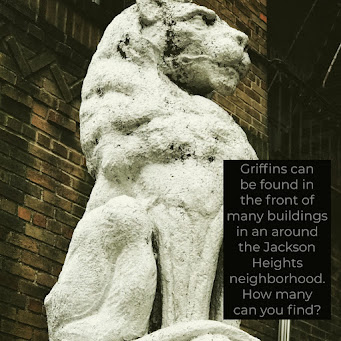In this post, I discuss how I teach organizing as a writing skill in an English Language Arts writing class.
Hey there, writing enthusiasts! As an English teacher, I often ask this question - "How do you teach writing?" And the answer is more complex than you might think. However, I teach concrete skills that can help you improve your writing. Writing is like any other skill, it gets better with practice, and with the right approach, you can attenuate the slog of the work and create something beautiful.
Good writing is more than crossing your t's and correctly placing your commas. It's about being well-organized, and that's where I start with my students. I often notice students struggle with organizing their writing, so I created a simple worksheet to help them.
It's similar to following a recipe when cooking. You need to follow the steps in the right sequence, or else you won't be able to bake a cake. I've had my share of experience with this, so trust me when I say that mixing up the order of adding wet and dry ingredients can ruin a perfectly good cake.
Writing, however, is more complex than following a sequence of events. Sometimes, what happens last is written first, and what happens first is written last. You'll know what I mean if you've seen the movie Memento. However, with practice and guidance, you can learn to organize your writing in a way that makes sense and is enjoyable to read.
The key to good writing is practicing good habits. When I teach writing, I focus on these habits that can help students develop their writing skills and make their work stand out:
- Start with a plan: Before you start writing, it's essential to have a plan. Think about what you want to say, and organize your thoughts into a clear structure.
- Be clear and concise: Good writing is not about using complicated language. It's about being clear and concise. Choose your words carefully and avoid unnecessary details.
- Edit and revise: It has yet to get it right the first time. Editing and revising are essential steps in the writing process. Take the time to review your work and make changes where necessary.
- Practice, practice, practice: Writing is a skill that gets better with practice. Set aside time daily to write, whether in a journal or a blog post. The more you write, the better you'll get.
- Read and learn from others: Reading is one of the best ways to improve your writing. Read widely and learn from the work of others. Pay attention to how they structure their writing and use language.
- By practicing these habits, you can develop your writing skills and create well-organized and enjoyable work to read. Remember, good writing takes time and effort, but you can achieve great things with the right approach.
In conclusion, writing is a skill that can be learned and improved with practice. Good writing requires concrete skills and good habits, like being organized, clear and concise, and practicing regularly. By following these tips, you'll be on your way to creating writing that stands out and gets noticed. So, keep at it, and happy writing!
Here's a straightforward worksheet for sale on my TpT store that I designed to help students think about how ideas are organized in a piece of writing. Use it today as an enrichment part of your middle or high school English Language Arts and Writing class! A satisfied teacher writes about using the organizing main idea and supporting details resource with his high school students: "Great exercise to gear students up for opinionated essays."














_page_1.png)



